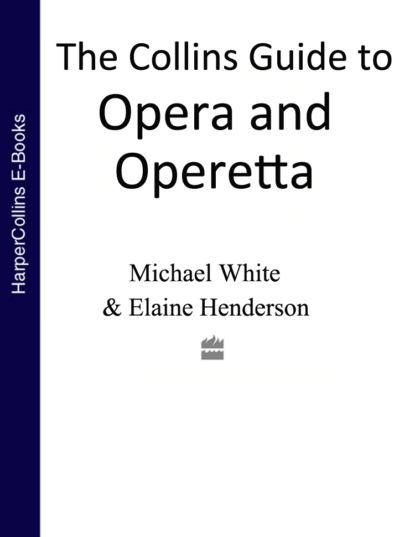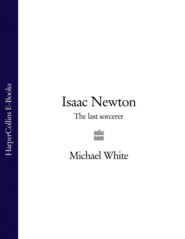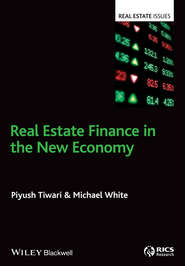По всем вопросам обращайтесь на: info@litportal.ru
(©) 2003-2024.
✖
The Collins Guide To Opera And Operetta
Автор
Год написания книги
2018
Настройки чтения
Размер шрифта
Высота строк
Поля
Eight Songs for a Mad King (1969)
Taverner(1968)
The Martyrdom of St Magnus(1976)
The Lighthouse (1979)
The Doctor of Myddfai (1996)
Born in Manchester, Peter Maxwell Davies was one of a small circle of composers (including Harrison Birtwistle) who studied there together and collectively reacted against the broad conservatism that prevailed in 1950s British music. Davies established himself as a leading figure of the avant-garde with works which subjected medieval borrowings to highly complex 20th-century processes derived from the twelve-tone systems of Schoenberg and his followers. From the first he was interested in writing for the theatre; and with his own performance group The Fires of London he developed a style of small-scale but hard-hitting music theatre typified by Eight Songs for a Mad King, which is effectively a miniature opera for one voice and accompanying instruments. Davies’ earlier works specialise in extreme emotional states and shock tactics, their subject matter homing in on issues of betrayal and the exposure of hypocrisy. But he has also written many, gentler works for children; and since he made his base the remote Scottish Orkney Islands his music has been influenced by the natural features of a bleakly beautiful landscape. Hugely prolific, his output includes six symphonies and large, programmatic orchestral scores.
The Lighthouse (#ulink_1c490f17-cb0a-5a74-9d23-5212e4e36b03)
FORM: Chamber opera in a Prologue and one act; in English
COMPOSER: Peter Maxwell Davies (1934– )
LIBRETTO: Peter Maxwell Davies
FIRST PERFORMANCE: Edinburgh, 2 September 1980
Principal Characters
The lighthouse keepers/relief officers
Sandy
Tenor
Blazes
Baritone
Arthur
Bass
Synopsis of the Plot
Setting: An Edinburgh courtroom and the Flannan Isle lighthouse; December 1900
PROLOGUE In the courtroom, the three officers who arrived at the lighthouse to relieve the keepers and found it abandoned give their version of events.
ACT I In a flashback to the lighthouse we are introduced to the three lighthouse keepers. It is their last evening and they eat, play cards and sing to amuse themselves. Slowly, however, underlying tensions and mutual enmities begin to surface and their characters become more clearly defined: the Bible-thumping hypocrite, Arthur; the rough, uncultivated Blazes; and the gentler, wistful Sandy. As thick fog slowly blankets the lighthouse, emotional tensions are heightened to breaking point and each man sinks into despair, haunted by his own personal demon. Suddenly the blinding lights of an oncoming ship appear through the fog, to be mistaken for the eyes of a great beast. The three keepers are replaced by the three relief officers who indicate that the keepers, driven to insanity by their isolation, had attacked them and had to be killed. The mystery surrounding the lighthouse (did the keepers abandon it or were they killed?) is never solved; the light is made automatic but the three men can still be seen, forever reliving their final hours.
Music and Background
The courtroom prologue suggests parallels with Britten’s Peter Grimes, and something of the tough, man-against-the-elements atmosphere of that earlier piece transfers to this operatic psycho-drama, although the forces are much smaller and the music more tightly written, using mathematical systems in the way that much of Davies’ work does. The more lyrical moments tend to be parodies of popular musical forms – another Davies fingerprint. All the roles are taken by the same three voices.
Highlights
The arrival of ‘the Beast’ is memorable, and so is the mechanically repeated figure, ‘The lighthouse is now automatic’, that plays out the score.
Did You Know?
The opera is based on a true story of three keepers who disappeared from the Flannan Isle lighthouse in 1900. On the very night the opera premiered in 1980, the Flannan Isle lighthouse (now automatic) mysteriously, and for the first time ever, went out.
Recommended Recording
Neil Mackie, Christopher Keyte, Ian Comboy, BBC Philharmonic/Peter Maxwell Davies. Collins Classics 14152. The only one.
Claude Debussy (#ulink_b595e6ff-ce6f-5d53-99db-bec65207b532)
(1862–1918)
Pelléas et Mélisande (1902)
Born near Paris, Debussy was fascinated by the theatre all his life and had a celebrated relationship with the impresario Diaghilev, who turned scores like the Prélude à l’Après Midi d’un Faune into ballets. He was also interested in the human voice, and matured into one of the greatest of French song-writers, with incomparable settings of Verlaine and Baudelaire. But he only completed one opera, Pelléas et Mélisande, and although he devoted later years to attempts at an operatic adaptation of Edgar Allan Poe’s The Fall of the House of Usher, they survive as little more than sketches. Principally, the composer is remembered for his piano, chamber and orchestral music – written largely in an imagistic way that earned him the label ‘impressionist’, though ‘symbolist’ might be more accurate. With atmospherically suggestive scores like Prélude à l’Après Midi d’un Faune and the orchestral Images, he introduced a new language of sound and was undoubtedly one of the founding fathers of modern music.
Pelléas et Mélisande (#ulink_9d1540ce-e031-543e-be3c-87c7a11cfa71)
FORM: Opera in five acts; in French
COMPOSER: Claude Debussy (1862–1918)
LIBRETTO: Maurice Maeterlinck’s play, slightly adapted by Debussy
FIRST PERFORMANCE: Paris, 30 April 1902
Principal Characters
Arkel, King of Allemonde
Bass
Geneviève, Arkel’s daughter-in-law and mother of Golaud and Pelléas
Mezzo-soprano
Golaud, Arkeľs grandson
Baritone
Pelléas, Arkeľs grandson and Golaud’s half-brother
Tenor
Mélisande









